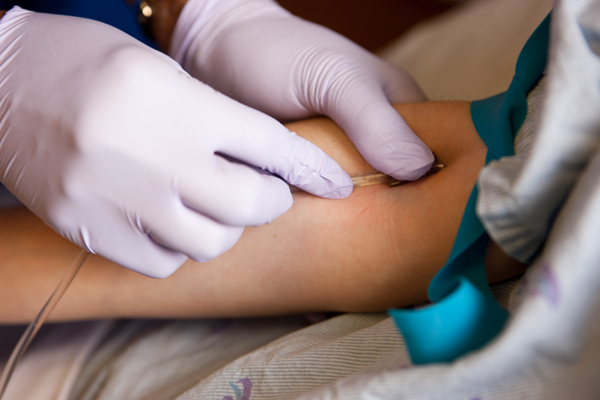Patient safety is vitally important. The following 10 safety facts and descriptions that highlight this importance are from the World Health Organization (2014).
- Patient safety is a serious global public health issue. There is now growing recognition that patient safety and quality is a critical dimension of universal health coverage. Since the launch of the WHO Patient Safety Program in 2004, over 140 countries have worked to address the challenges of unsafe care.
- One in 10 patients may be harmed while in the hospital. Estimates show that in developed countries as many as 1 in 10 patients is harmed while receiving hospital care. The harm can be caused by a range of errors or adverse events.
- Hospital infections affect 14 out of every 100 patients admitted. Of every 100 hospitalized patients at any given time, 7 in developed and 10 in developing countries will acquire health care-associated infections (HAIs). Hundreds of millions of patients are affected worldwide each year. Simple and low-cost infection prevention and control measures, such as appropriate hand hygiene, can reduce the frequency of HAIs by more than 50%.
- Most people lack access to appropriate medical devices. There are an estimated 1.5 million different medical devices and over 10,000 types of devices available worldwide. The majority of the world’s population is denied adequate access to safe and appropriate medical devices within their health systems. More than half of low- and lower middle-income countries do not have a national health technology policy which could ensure the effective use of resources through proper planning, assessment, acquisition, and management of medical devices. “While patient safety and healthcare quality have certainly received substantial attention for more than 10 years now, the actual investments in patient safety solutions still pale beside investments in traditional biomedical research”
- Unsafe injections decreased by 88% from 2000 to 2010. Key injection safety indicators measured in 2010 show that important progress has been made in the reuse rate of injection devices (5.5% in 2010), while modest gains were made through the reduction of the number of injections per person per year (2.88 in 2010).
- Delivery of safe surgery requires a teamwork approach. An estimated 234 million surgical operations are performed globally every year. Surgical care is associated with a considerable risk of complications. Surgical care errors contribute to a significant burden of disease despite the fact that 50% of complications associated with surgical care are avoidable.
- About 20%–40% of all health spending is wasted due to poor-quality care. Safety studies show that additional hospitalization, litigation costs, infections acquired in hospitals, disability, lost productivity, and medical expenses cost some countries as much as US$ 19 billion annually. The economic benefits of improving patient safety are therefore compelling.
- Healthcare has a poor safety record compared to other industries. Industries with a perceived higher risk such as the aviation and nuclear industries have a much better safety record than health care. There is a 1 in 1,000,000 chance of a traveler being harmed while in an aircraft. In comparison, there is a 1 in 300 chance of a patient being harmed during health care.
- Patient and community engagement and empowerment are key. People’s experience and perspectives are valuable resources for identifying needs, measuring progress, and evaluating outcomes.
- Hospital partnerships can play a critical role. Hospital-to-hospital partnerships to improving patient safety and quality of care have been used for technical exchange between health workers for a number of decades. These partnerships provide a channel for bi-directional patient safety learning and the co-development of solutions in rapidly evolving global health systems.

